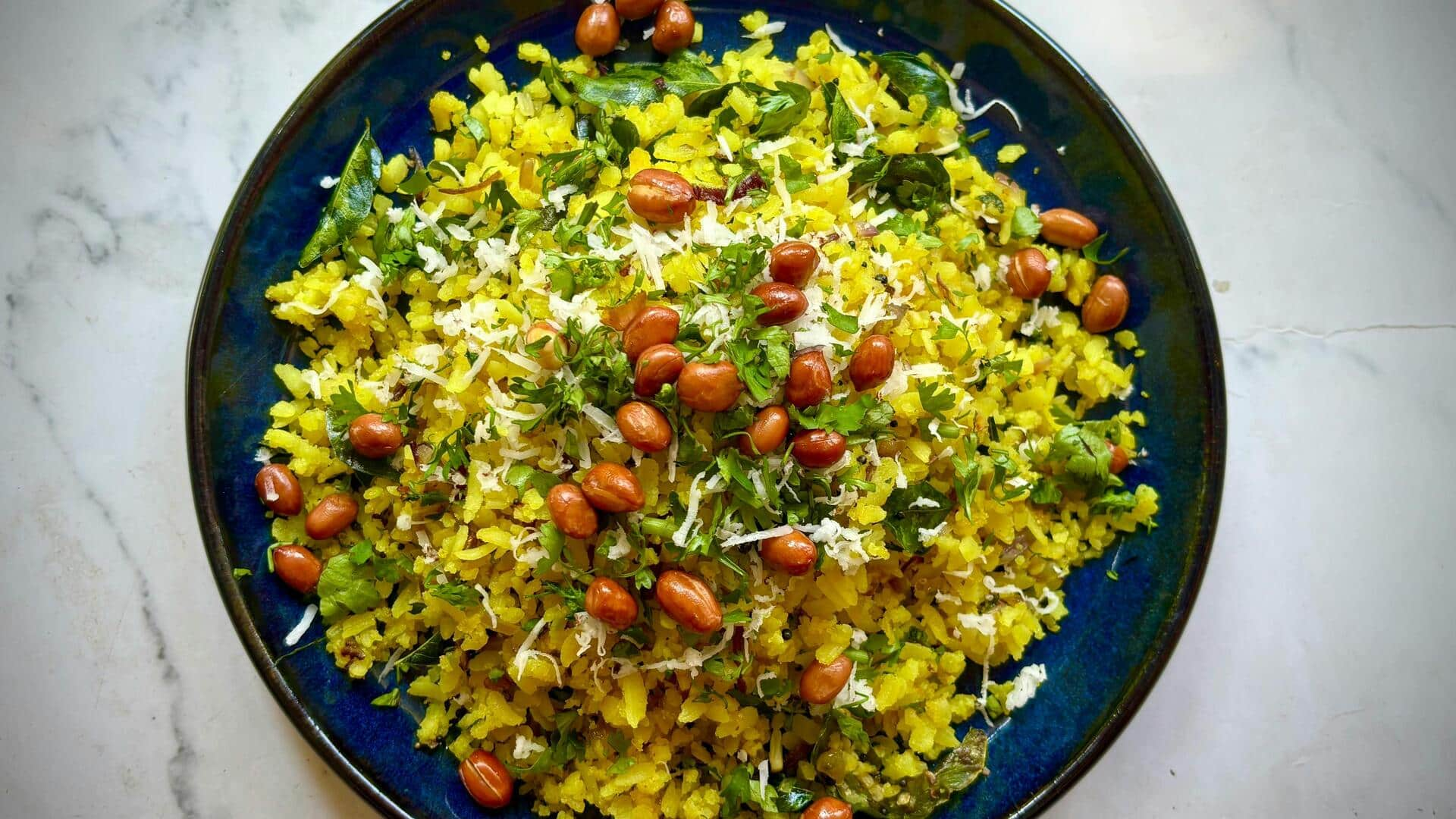
The delicious evolution of India's beloved breakfast: Poha
What's the story
Poha, a popular breakfast dish in many parts of India, has a rich history that dates back centuries. Made from flattened rice, this simple yet versatile dish has evolved to incorporate regional flavors and ingredients. Its journey from ancient kitchens to modern-day breakfast tables is a testament to India's diverse culinary heritage. Here's a look at the evolution of poha and its significance in Indian cuisine.
#1
Ancient roots of poha
Poha's history dates back to ancient India, when flattened rice was first used as a staple food. It was easy to store and prepare, making it the perfect choice for households. The earliest records of poha being consumed date back to the Vedic period, when it was often paired with various spices and herbs. This early version laid the foundation for what would become a beloved breakfast staple across the country.
#2
Regional variations across India
As poha traveled across different regions of India, it adapted to local tastes and ingredients. In Maharashtra, for example, it is often prepared with onions and peanuts, giving it a crunchy texture. In Madhya Pradesh, people prefer adding sev or bhujia for extra flavor. Each region's variation reflects its unique culinary traditions while retaining the essence of this classic dish.
#3
Nutritional benefits of poha
Apart from being delicious, poha is also nutritious. It is light on the stomach, making it an ideal breakfast option for those who want to start their day without feeling too heavy. Being rich in carbohydrates, it gives you energy while being low in calories. Poha also provides essential nutrients such as iron and fiber, which help in digestion and overall health.
#4
Modern twists on traditional poha
In recent years, chefs have experimented with innovative twists on traditional poha by incorporating global flavors or contemporary cooking techniques. Some versions include exotic ingredients like quinoa or avocado, while others focus on fusion styles by blending Indian spices with international cuisines like Italian or Mexican flavors.